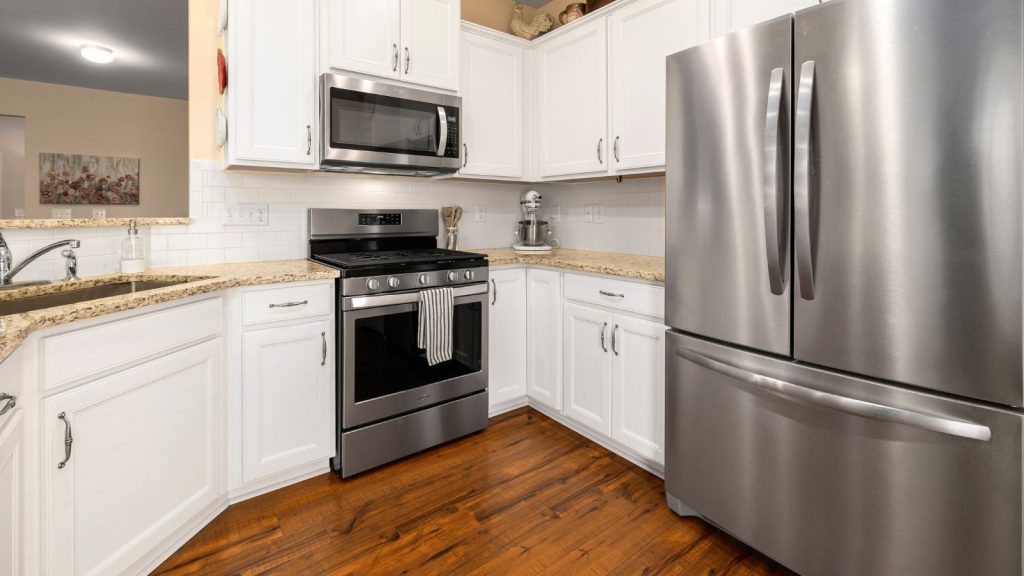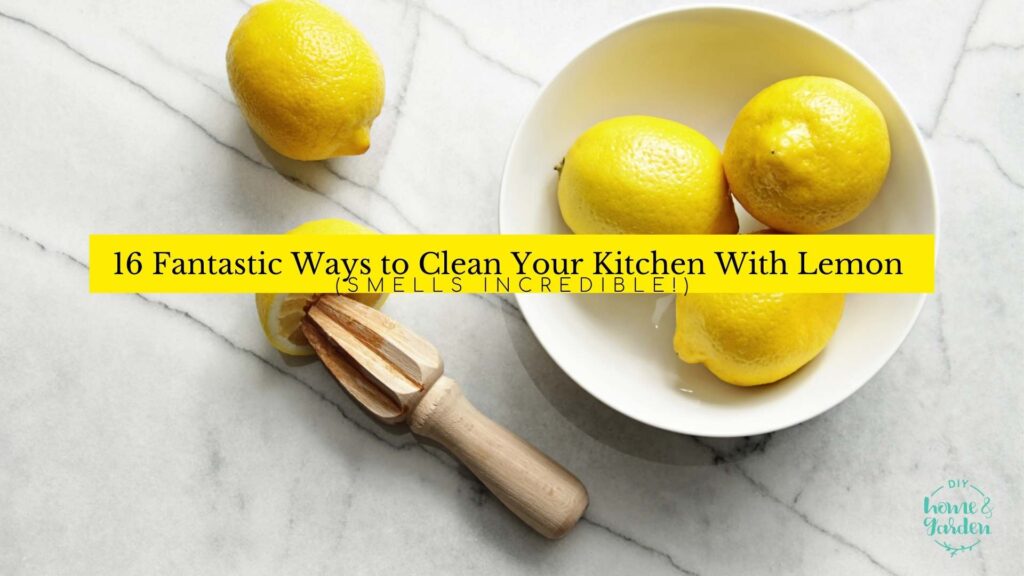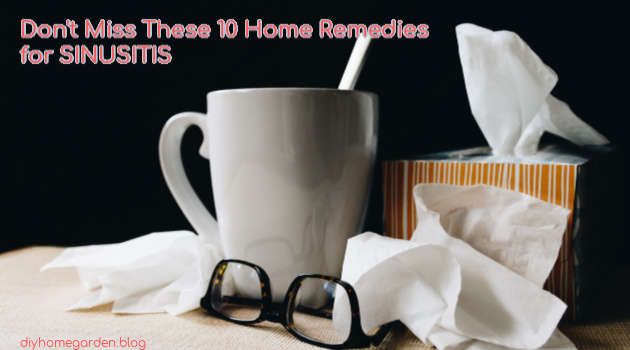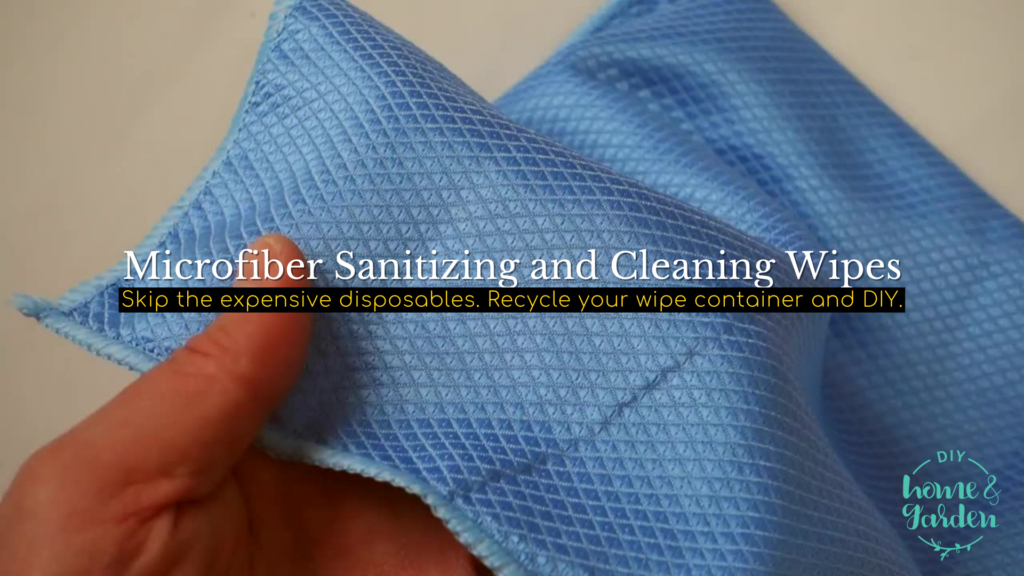
Here’s how you can make a chemical-free cleaning solution.
With its long history as a versatile household ingredient, vinegar is an exemplary choice for maintaining stainless steel appliances. Its natural properties clean effectively and align with a sustainable and health-conscious lifestyle. This guide is more than a mere cleaning recommendation. Indeed, this stainless steel appliance cleaner recipe represents a shift towards a more environmentally responsible way of living, highlighting how simple, natural ingredients can be powerful and safe for daily use.
Table of contents
- Here’s how you can make a chemical-free cleaning solution.
- Why Choose Vinegar for Homemade Stainless Steel Appliance Cleaner?
- The Downside of Chemical Cleaners
- Benefits of a Homemade Stainless Steel Appliance Cleaner
- Unique Vinegar-Based Stainless Steel Appliance Cleaner Recipe
- The Takeaway: Vinegar Stainless Steel Appliance Cleaner Will Give Your Appliances a Streak-free Shine
Join us as we detail the advantages of vinegar-based cleaners and introduce a specially formulated, streak-free cleaning solution that combines efficacy with planet friendliness. Your appliances will shine as if you had a professional cleaner come to your kitchen and do the work.
Vinegar Stainless Steel Cleaner Is Natural and Non-Toxic
One of the foremost reasons to opt for vinegar as a cleaning agent is its natural and non-toxic nature. Unlike many commercial cleaners that contain a cocktail of chemicals, vinegar is a simple, biodegradable substance. It’s made primarily of acetic acid and water, which breaks down easily without leaving harmful residues in your environment. This aspect is particularly important in spaces like kitchens, where surfaces come into contact with food. Vinegar reduces the risk of ingesting or inhaling potentially harmful substances found in synthetic cleaners.
Effectiveness of Vinegar-based Stainless Steel Cleaner
Despite its simplicity, vinegar is surprisingly effective. Its acidic nature makes it adept at dissolving grease, lifting dirt, and tackling soap scum. This property is particularly beneficial for stainless steel appliances, which often accumulate fingerprints and cooking residue. Moreover, vinegar’s natural acidity helps neutralize odors, leaving surfaces clean and odor-free. Its effectiveness is backed by numerous studies showing that vinegar kills certain bacteria and viruses, making it a reliable option for sanitizing kitchen surfaces.
Environmental Benefits
Choosing vinegar over chemically-laden cleaners has significant environmental benefits. First, vinegar’s biodegradability means it has a minimal ecological footprint. When you rinse vinegar down the drain, it breaks down more readily than synthetic chemicals, reducing water pollution. Additionally, by opting for vinegar, you can often reuse containers and reduce plastic waste associated with purchasing multiple cleaning products. This approach aligns with a more sustainable lifestyle, reducing environmental degradation and promoting a healthier planet.
The Downside of Chemical CleanersConversely, there are some additional benefits to avoiding chemicals that you’d find in most commercial cleaners.
Health Risks
Using chemical cleaners in the home, particularly in areas like the kitchen, poses several health risks. Many of these products contain harsh substances like ammonia, chlorine bleach, and various synthetic fragrances. These compounds can cause skin irritation, respiratory issues, and allergic reactions. Prolonged exposure may even lead to more serious health problems, including hormonal disruptions and increased cancer risk. In a kitchen environment, there’s also the danger of these chemicals contaminating food surfaces, which can inadvertently lead to the ingestion of toxic substances.
Environmental Impact
Beyond personal health risks, chemical cleaners have a considerable environmental impact. Many of these products contain phosphates, nitrates, and other chemicals that can disrupt aquatic ecosystems when they enter waterways. They contribute to problems like algae blooms, which deplete oxygen in water and harm aquatic life. Furthermore, the production and disposal of these cleaners often involve non-renewable resources and contribute to greenhouse gas emissions. The packaging, largely plastic, adds to the growing plastic pollution problem.
Long-Term Consequences
It’s also important to consider the long-term consequences of using chemical cleaners. Over time, these substances can accumulate in the home environment, leading to a phenomenon known as “indoor pollution.” This can result in a buildup of toxic substances in the home’s air, surfaces, and dust. Additionally, there’s growing concern about antimicrobial resistance, which the overuse of disinfectants and antibacterial cleaners can exacerbate. This resistance can make it harder to treat infections and increases the risk of “superbugs.”In summary, the drawbacks of using chemical cleaners are significant, encompassing both immediate health risks and broader environmental concerns. The cumulative effects of these products necessitate reevaluating our cleaning practices, steering us towards safer, more sustainable alternatives like vinegar-based solutions. As we move forward, it’s essential to prioritize our spaces’ cleanliness, our bodies’ health, and the environment.
Benefits of a Homemade Stainless Steel Appliance CleanerStill need a nudge to natural cleaning? Keep reading to learn why you should mix up a batch of vinegar appliance cleaner.
Cost-Effectiveness
One of the most immediate benefits of making your stainless steel cleaner is the cost savings. Commercial cleaners can be expensive, especially those branded as ‘premium’ or ‘specialized.’ In contrast, homemade cleaners often use ingredients already found in the average household, like vinegar. This shift to a DIY cleaner can significantly reduce the expense of maintaining a clean home. Furthermore, the versatility of these ingredients means they can be used in multiple cleaning solutions, further stretching their value.
Control Over Ingredients
When you create your stainless steel cleaner, you have complete control over what goes into it. This advantage is particularly important for those with allergies, sensitivities, or concerns about specific chemicals. Homemade cleaners allow you to avoid irritants or harmful substances and even tailor the solution to suit your preferences, like adding natural fragrances from essential oils. This level of customization is not just about avoiding negatives; it’s also about enhancing the cleaning experience with preferred scents and properties.
Satisfaction of DIY
Intrinsic satisfaction comes from making something yourself, which extends to household cleaners. Creating a stainless steel cleaner can be a rewarding experience, instilling a sense of self-reliance and accomplishment. It can also be an educational experience, helping you learn more about the properties of various natural ingredients and how they can be utilized in everyday life. This DIY approach fosters a deeper connection to your home and the care it requires, turning cleaning from a chore into a more thoughtful and fulfilling activity.
Environmental Consciousness
Homemade cleaners align with a growing desire to live more sustainably. By using natural ingredients and avoiding those harmful chemicals, you’re making a choice that benefits the environment. DIY solutions often involve less packaging waste, especially if ingredients are bought in bulk or repurposed for other uses. This reduction in plastic waste and the lower carbon footprint associated with homemade cleaners further contributes to their environmental appeal.In creating a homemade stainless steel cleaner, you’re not just keeping your appliances clean but making a series of beneficial choices. These choices impact your finances, health, personal satisfaction, and the environment, showcasing that small changes in our daily routines can lead to more significant, positive outcomes.
Unique Vinegar-Based Stainless Steel Appliance Cleaner RecipeThis recipe combines the effectiveness of vinegar with additional natural ingredients to create a powerful stingaree stainless steel cleaner. It’s easy to make, uses readily available ingredients, and is gentle on your appliances and the environment.
Ingredients List:
- White Vinegar: This versatile liquid is the star ingredient, known for its cleaning prowess and ability to cut through grease and grime.
- Distilled Water: This water helps dilute the vinegar to a suitable concentration, ensuring it’s strong enough to effectively dilute the vinegar but not so strong that it damages surfaces.
- Rubbing Alcohol: Speeds up the drying process, which helps prevent streaks and gives stainless steel appliances their signature shine.
- Essential Oil (optional): For those who prefer a pleasant fragrance, a few drops of essential oil like lemon or lavender can add a refreshing aroma.
Step-by-Step Instructions:
- Mix the Ingredients: Combine 1 cup of distilled water, one cup of white vinegar, and 1/4 cup of rubbing alcohol into a spray bottle. If desired, add a few drops of your chosen essential oil.
- Shake Well: Ensure the bottle is tightly sealed and shake it vigorously. This action mixes the ingredients thoroughly.
- Test a Small Area: Before applying it broadly, test the cleaner on a small, inconspicuous area of your appliance to ensure it doesn’t react negatively with the material.
- Application: Spray the cleaner onto the surface of your stainless steel appliance. Avoid over-saturating the surface, as excess liquid can lead to streaks.
- Wipe Clean: Wipe the appliance following the stainless steel grain using a soft, lint-free clot. This technique is crucial for avoiding scratches and ensuring a streak-free finish.
- Buff for Shine: Finally, use a dry section of the cloth to buff the surface for an extra shine.
Tips for Best Results When Using Stainless Steel Appliance Cleaner
Always use a clean cloth to avoid transferring dirt or debris onto the stainless steel surface.If dealing with tough stains or buildup, let the cleaner sit for a few minutes before wiping.For a polished finish, consider using a microfiber cloth, which is effective at picking up residue and polishing surfaces. This homemade stainless steel cleaner is more than a cleaning solution; it’s a testament to the power and simplicity of natural ingredients. Following this recipe’ll keep your stainless steel appliances clean and shiny and contribute to a healthier, more sustainable way of living.
The Takeaway: Vinegar Stainless Steel Appliance Cleaner Will Give Your Appliances a Streak-free ShineMaking this homemade cleaner will equip you with a new tool for your cleaning arsenal. Hopefully, you’ll also be inspired to continue exploring ways to incorporate healthier cleaners into your daily routine. The journey towards a healthier and more eco-friendly lifestyle begins with small steps, and each choice we make, like creating our household cleaners, is a step in the right direction.




